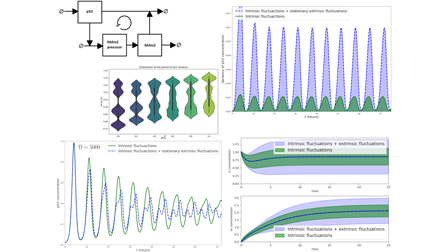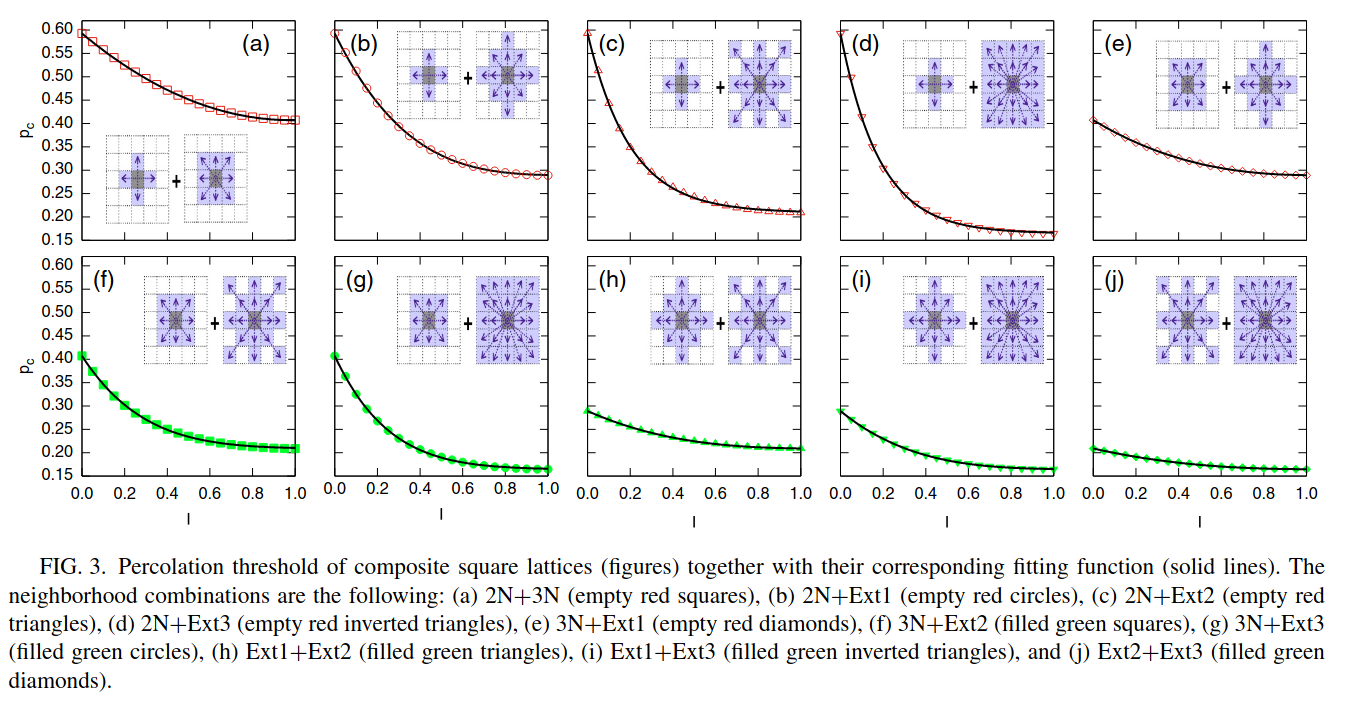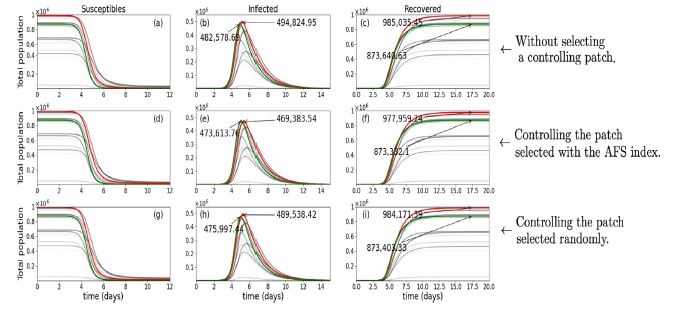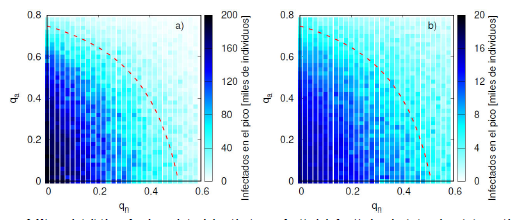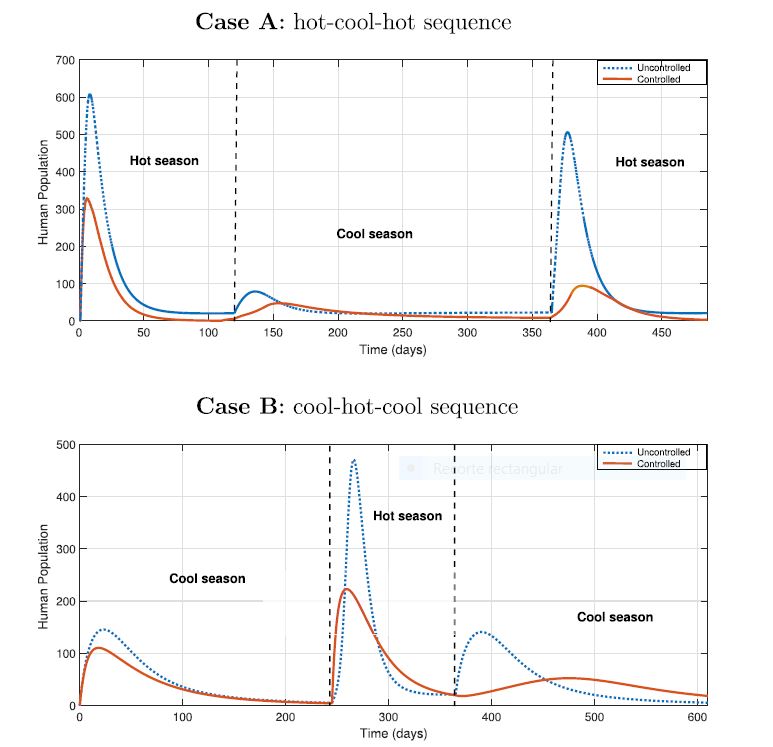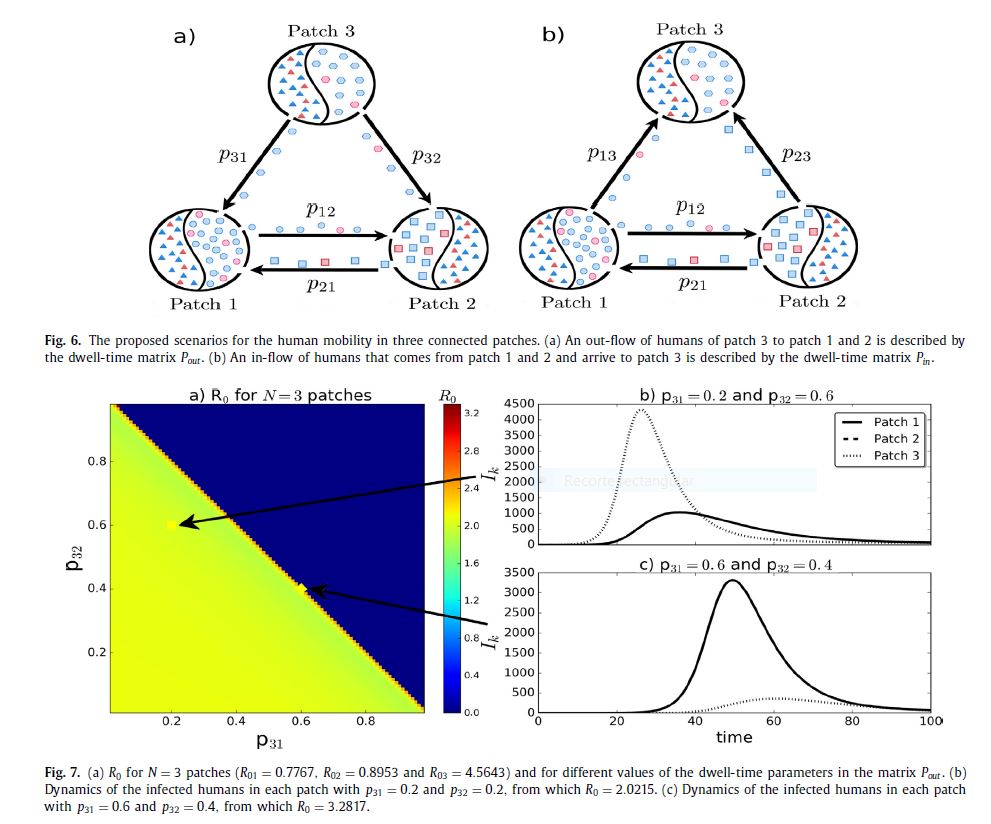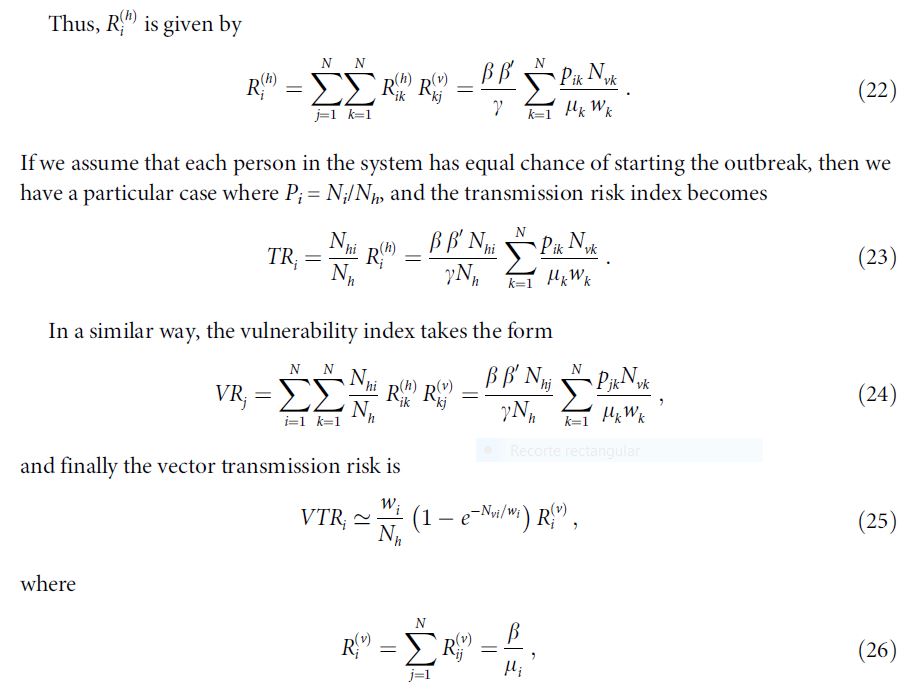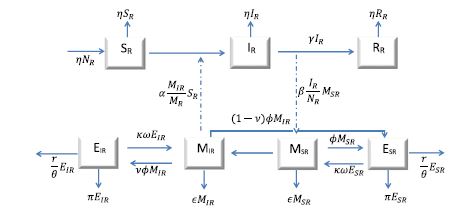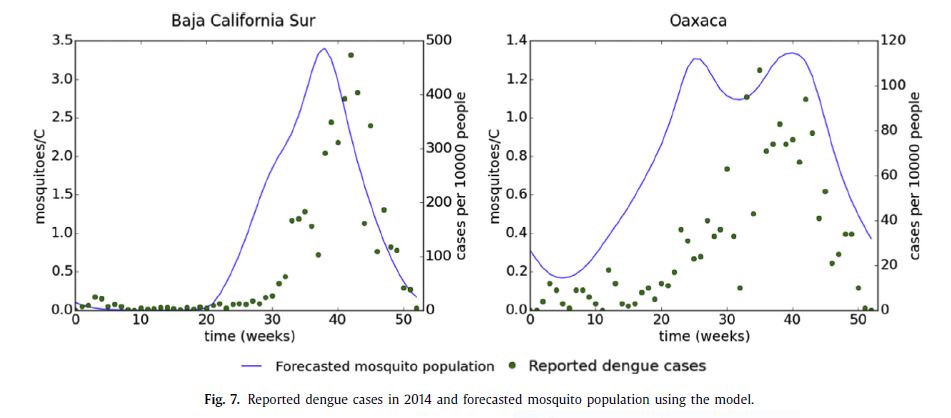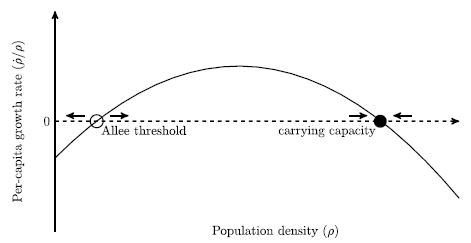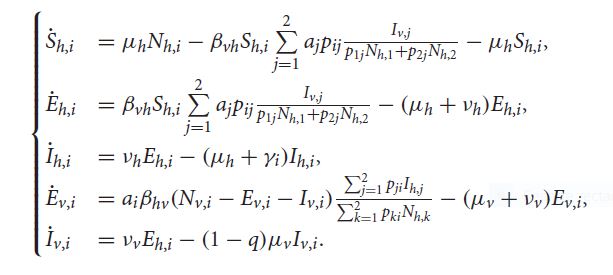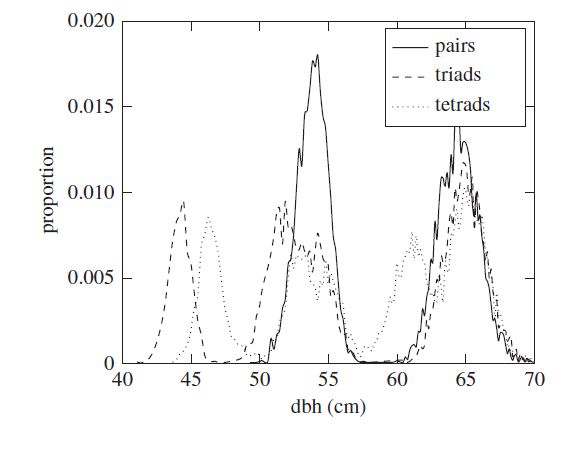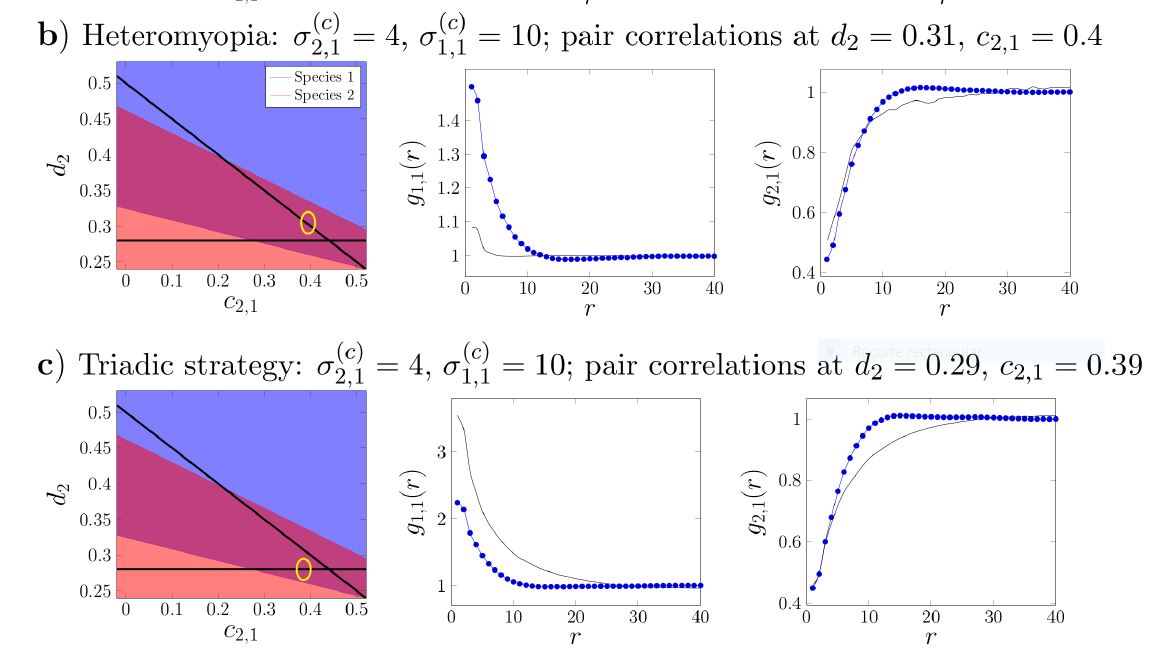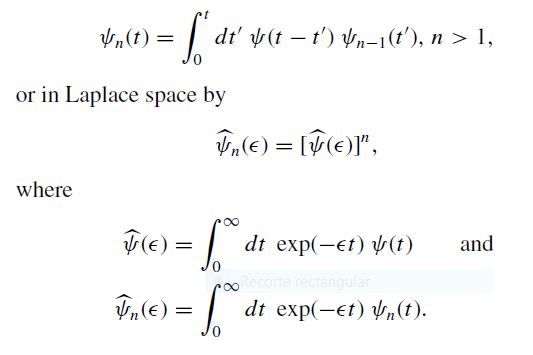Extrinsic fluctuations in the p53 cycle
Fluctuations are inherent to biological systems, arising from the stochastic nature of molecular interactions, and influence various aspects of system behavior, stability, and robustness. These fluctuations can be categorized as intrinsic, stemming from the system’s inherent structure and dynamics, and extrinsic, arising from external factors, such as temperature variations. Understanding the interplay between these fluctuations is crucial for obtaining a comprehensive understanding of biological phenomena. However, studying these effects poses significant computational challenges.
Continue Reading